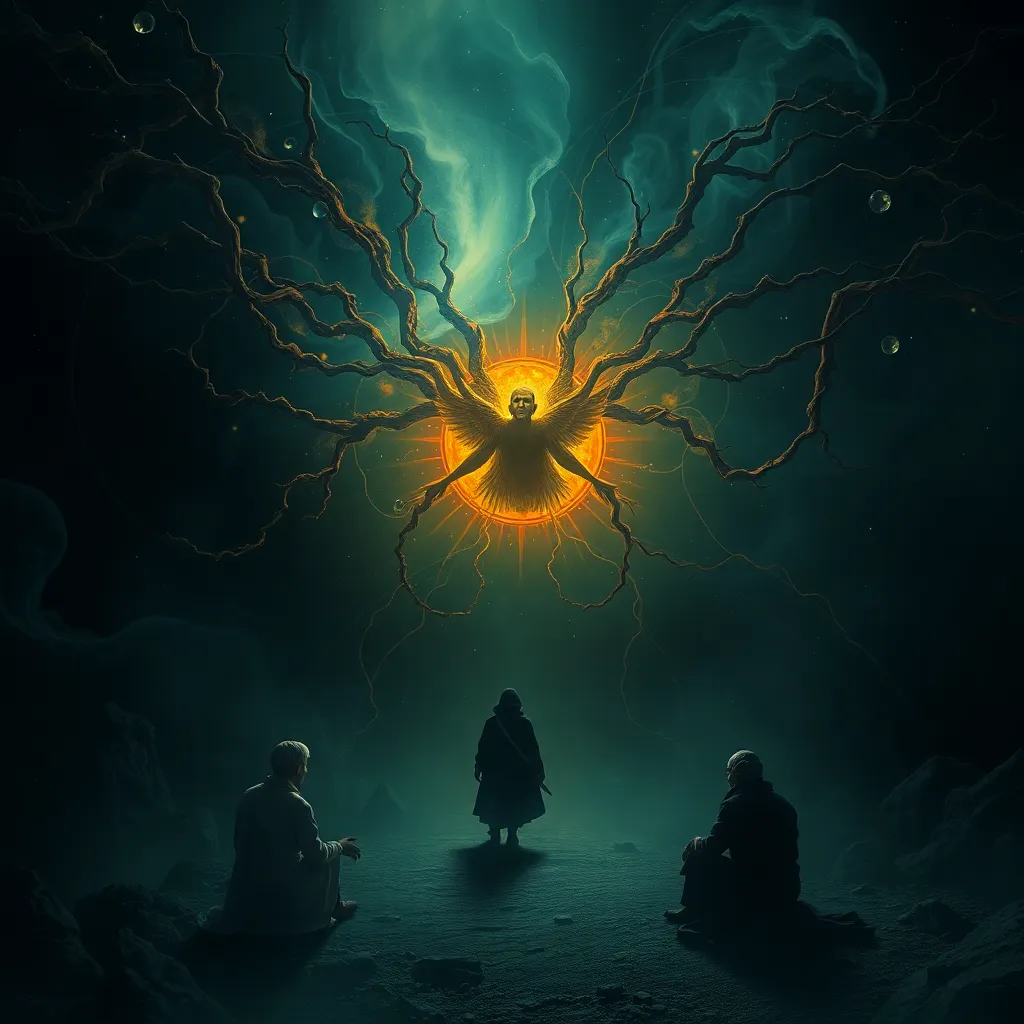The Kraken’s Reproduction: Unveiling the Mystery of the Monster’s Breeding Habits and Offspring
I. Introduction
The Kraken, a legendary sea monster, has captured the imagination of people for centuries. Often depicted as a giant cephalopod, the Kraken has become a symbol of the unknown depths of the ocean. In mythology and popular culture, it is portrayed as a fearsome creature capable of dragging entire ships under the waves. Understanding the reproduction of such a creature is crucial not only for scientific inquiry but also for cultural appreciation.
This article aims to explore the mysteries surrounding the Kraken’s breeding habits and offspring. By examining historical perspectives, biological theories, environmental factors, and modern cultural representations, we can gain a deeper understanding of this enigmatic creature.
II. Historical Perspectives on the Kraken
The origins of the Kraken myth can be traced back to Scandinavian folklore, where sailors spoke of a colossal creature dwelling off the coasts of Norway and Greenland. These tales often served as explanations for mysterious shipwrecks and disappearances at sea.
Early accounts of the Kraken’s reproduction are scarce, as most stories focus on its terrifying presence rather than its life cycle. However, some folklore hints at the creature’s ability to spawn numerous offspring, leading to speculation about its breeding habits.
Over time, the image of the Kraken has evolved from a mere sea monster to a more complex symbol of nature’s power. In literature and art, the Kraken has been depicted in various forms, influencing our understanding of its mythical reproduction.
III. Biological Theories on Kraken Reproduction
To unravel the mystery of Kraken reproduction, we must first consider what the Kraken might be biologically. Speculative biology suggests that if the Kraken were a real creature, it would likely share characteristics with existing cephalopods, such as octopuses and squids.
- Size and Structure: The Kraken is often imagined as a gigantic squid-like creature, which would imply certain biological structures.
- Reproductive Strategies: Real-life cephalopods exhibit various reproductive strategies, including laying eggs and direct development.
For instance, many squids release thousands of eggs, which could be a plausible reproductive strategy for a creature as large as the Kraken. Theoretical models suggest that the Kraken might also engage in complex mating rituals similar to those observed in modern cephalopods.
IV. Environmental Factors Influencing Breeding
Environmental conditions play a vital role in the breeding habits of marine creatures. For a creature like the Kraken, suitable habitats would likely include deep ocean trenches and coastal waters rich in prey.
- Habitat: The Kraken would require a stable environment with adequate food sources for its offspring.
- Ocean Currents: Ocean currents could influence breeding cycles, potentially triggering spawning events.
- Seasonal Changes: Changes in water temperature and prey availability might determine the timing of reproduction.
The interplay of these factors creates a dynamic and complex breeding environment that could influence the number and health of Kraken offspring.
V. The Mystery of Kraken Offspring
The characteristics of Kraken offspring remain a subject of speculation. It is likely that, if the Kraken were to reproduce, it could produce a large number of young, similar to real-world cephalopods.
- Number of Offspring: Theoretical models suggest that a Kraken could lay thousands of eggs in a single breeding season.
- Parental Care: Speculations vary on whether Kraken parents would exhibit parental care or if the young would be independent from birth.
Culturally, Kraken offspring have been depicted in various forms, from tiny, mischievous creatures to formidable miniatures of their parents. These representations in literature and art further enrich the myth surrounding the Kraken’s reproductive habits.
VI. Scientific Research and Exploration
Current scientific endeavors are increasingly focused on studying deep-sea creatures, including those that may resemble the mythical Kraken. However, researching legendary beings poses unique challenges.
- Elusiveness: The deep sea is challenging to explore, and many species remain undiscovered.
- Technological Advancements: Innovations in submersible technology and remote-operated vehicles are aiding scientists in their quest to study these elusive creatures.
Through exploration and research, scientists hope to uncover new insights into the behaviors and habitats of deep-sea organisms, potentially leading to a greater understanding of the Kraken myth.
VII. Kraken in Modern Culture and Media
In modern culture, the representation of the Kraken’s reproduction has found its way into movies, books, and games. These portrayals often blend elements of reality with fantasy, reflecting society’s fascination with the creature.
- Films: Movies often depict the Kraken as a monstrous force of nature, with some interpretations exploring its reproductive life.
- Literature: Authors have reimagined the Kraken in various narratives, contributing to its mythos.
- Video Games: Interactive media frequently incorporate Kraken-like creatures, enhancing engagement with the legend.
The public’s fascination with the Kraken has implications not only for entertainment but also for marine conservation, as stories inspire interest in ocean preservation.
VIII. Conclusion
The mysteries surrounding the Kraken’s breeding habits continue to captivate our imaginations. By examining historical accounts, biological theories, and modern cultural representations, we gain a multifaceted understanding of this legendary creature.
Further exploration and research are essential to unraveling the truths behind the myth. As we delve deeper into the ocean’s depths, we may find answers that bridge the gap between myth and science, enriching our understanding of marine life.




